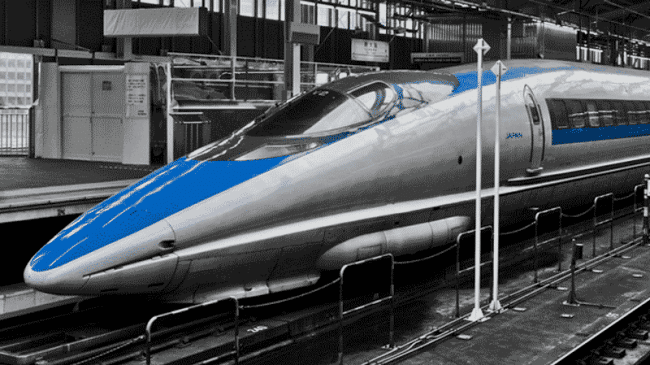California’s high-speed rail project has been an unprecedented string of bait-and-switch tactics. Yet, the latest switcheroo still managed to be mind-boggling. The California High-Speed Rail Authority wants to shift directions entirely, and now proposes building the line from Bakersfield to San Jose first, instead of starting with the section running from Merced to Los Angeles, as originally promised.
First, when an infrastructure project of this size, scope and cost completely changes courses and construction plans years into the process like this, it reveals massive mismanagement. Second, the prospect of people whizzing between Fresno and San Jose really screams “the transportation technology of the future,” doesn’t it?
When this train project was first proposed, it was supposed to be about providing a high-speed alternative to flying and driving between two of the nation’s largest urban areas – San Francisco and Los Angeles. To make the original numbers work, high-speed rail advocates claimed California would build a bullet train on-time and on-budget; the system would have higher ridership than any bullet train in the world; it would be more efficient than any high-speed train in the world; it would have lower ticket prices than any bullet train in the world; and it would go faster than any train in the world.
California voters bought enough of that sales pitch to pass a $10 billion bond initiative in 2008. Voters were told that, if they approved that bond money, the private sector and/or federal government would pay for the rest of the train system. But that other money hasn’t shown up, so the California Legislature approved using cap-and-trade revenue, intended to combat global warming, to fund the train project, instead. That money comes from businesses, which just pass along those carbon-cutting cap-and-trade costs to their customers – you guessed it, California taxpayers.
Yet, the cap-and-trade money still won’t be enough. The state’s 2008 cost estimate of $40 billion to build the entire system has exploded. Now, the Rail Authority has increased its estimate to $64 billion. In reality, the complete high-speed route from Los Angeles to San Francisco that voters were originally promised would likely cost more than $100 billion.
Congress continues to say it will not provide any funding for the project. And the private sector is not investing in a train project that shows no signs of ever being profitable and is such an obvious planning crisis that the Rail Authority has been forced to start admitting a few of its many errors. It acknowledges that tunneling through the Tehachapi mountains and building elevated tracks from Lancaster to San Fernando will cost much, much more than they predicted.
And that trip from Los Angeles to San Francisco that was supposed to zoom by in 2 hours, 40 minutes won’t happen. Trains will be required to run at lower, safer speeds through populated parts of Los Angeles, San Fernando Valley and Silicon Valley, which will likely push a one-way train trip well over three hours. Flight time from Los Angeles to San Francisco is under an hour.
Thus, even including travel time to the airport and time spent in security lines, flying will continue to be the faster option for most people, and driving will be very competitive time-wise, not to mention much cheaper.
But sadly, the California High-Speed Rail Authority remains determined to fleece taxpayers. It continues to shift plans on a whim and aims to spend all of the taxpayer money it has received to date – around $13 billion. Instead of admitting the project’s fatal flaws and closing shop, the state seems committed to laying whatever track it can between the Central Valley and San Jose. When it runs out of money – which it will, quickly – we’ll surely hear claims along the lines of “now that we’ve started this project, we can’t turn back now.”
Since the Rail Authority won’t do the right thing and close this epic failure, taxpayers are going to have to make it clear to state leaders: this train isn’t getting another cent of money from us.
Adrian Moore is vice president of policy at Reason Foundation.

